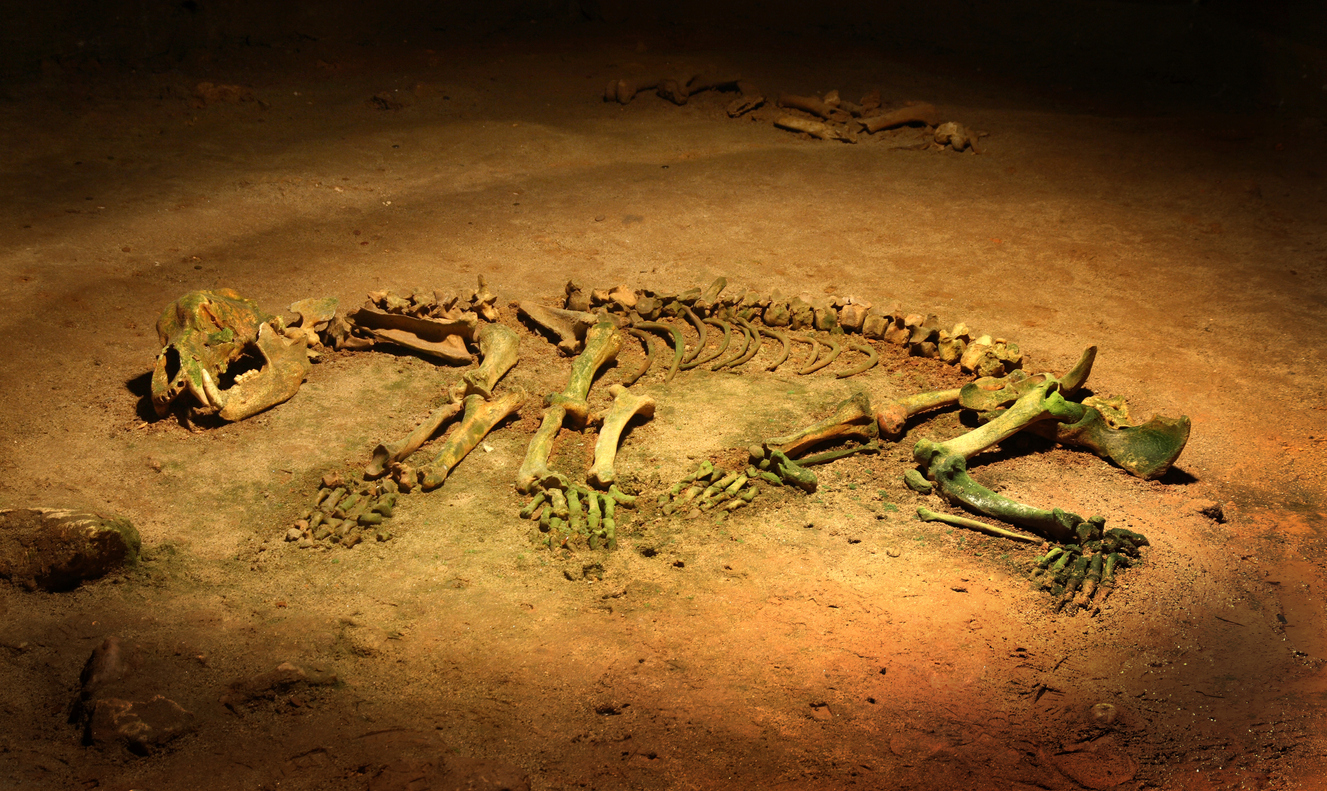Media Release
From: Springer NatureHumans may have had key role in cave bear extinction
Humans may have played a substantial role in the extinction of the European cave bear at the end of the last ice age, according to a study published in Scientific Reports. The findings suggest a drastic cave bear population decline starting around 40,000 years ago, which predated climate cooling and coincided with the spread of anatomically modern humans in Europe.
Verena Schuenemann, Hervé Bocherens and colleagues reconstructed 59 cave bear mitochondrial genomes from bone samples collected across 14 sites in Switzerland, Poland, France, Spain, Germany, Italy and Serbia. The authors compared these genomes to 64 previously published mitochondrial genomes to illustrate where different populations of cave bears lived and how they migrated during the Late Pleistocene.
The authors identified five major mitochondrial DNA lineages that originated from a common ancestor approximately 451,000 years ago and dispersed across Europe, suggesting that cave bear distribution was more complex than previously assumed. The authors estimate that cave bear populations remained relatively stable until around 40,000 years ago, including during two cold periods and multiple cooling events. As the cooling climate of the last ice age started much later (around 30,000 years ago), the findings suggest that other factors, such as hunting by humans, may have had a major impact.
The cooling climate and subsequent reduced food availability from plants may have fragmented the overall bear population into various subpopulations inhabiting small habitats with more moderate climates and a rich supply of different plants. By interrupting the connectivity between these subpopulations, humans may have played a decisive role in the species’ extinction.


